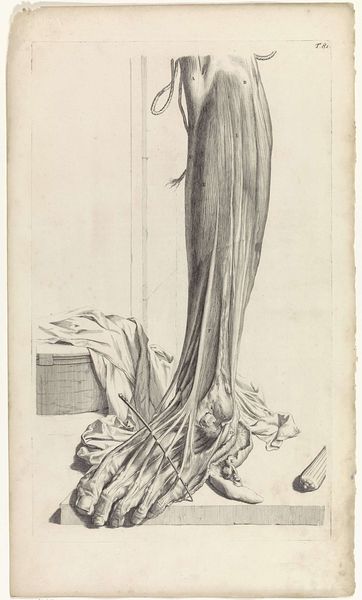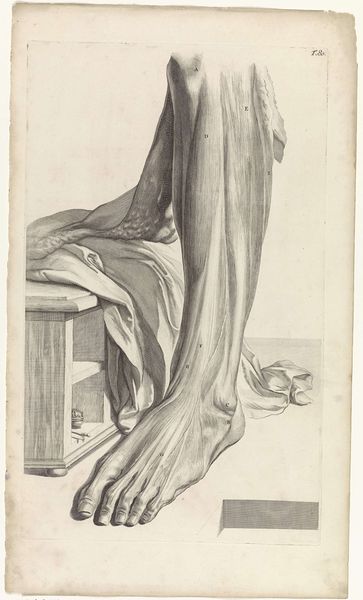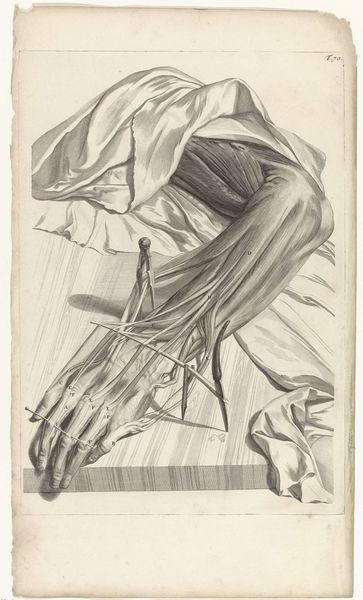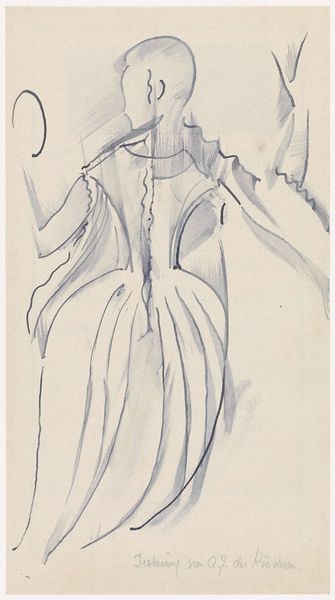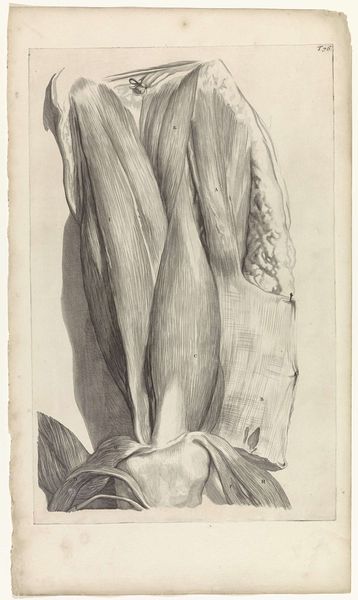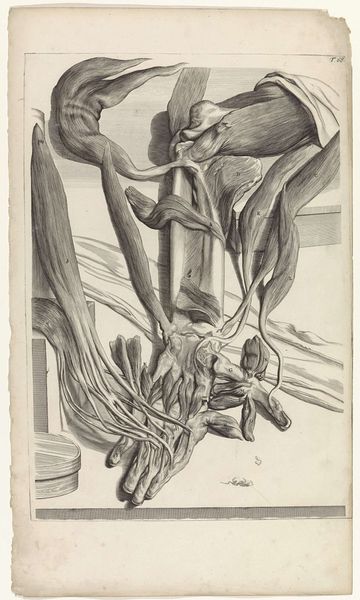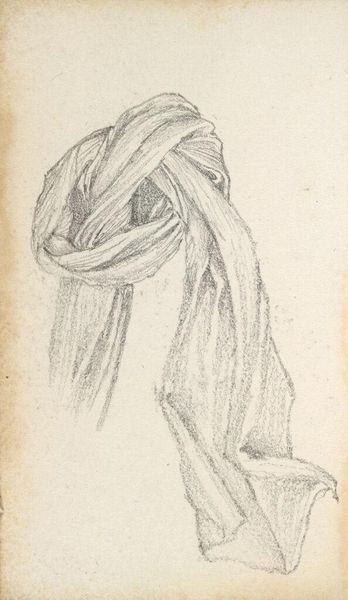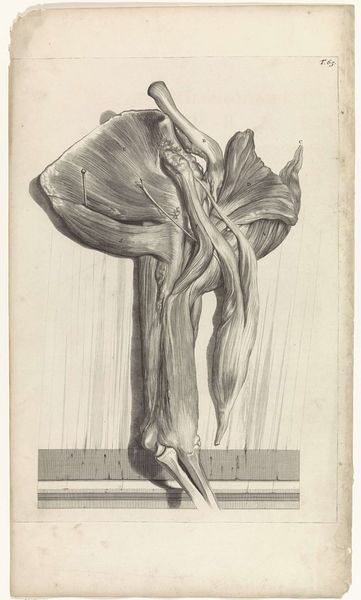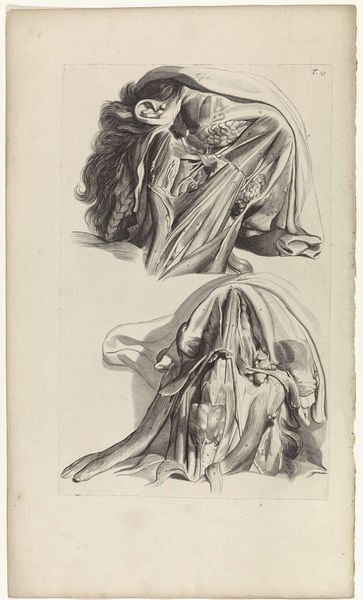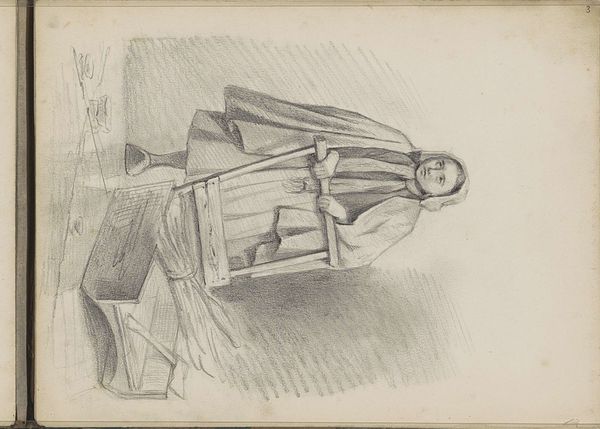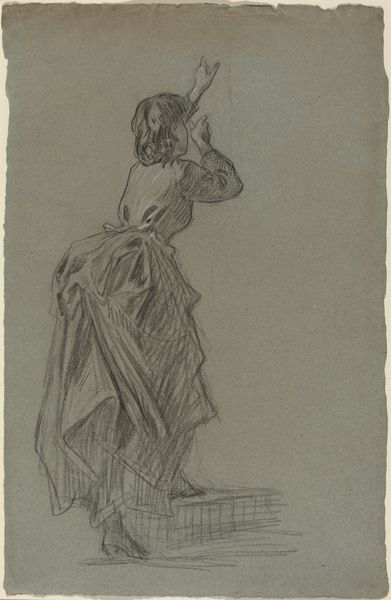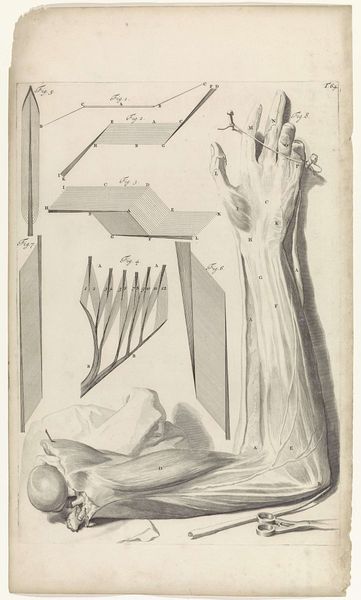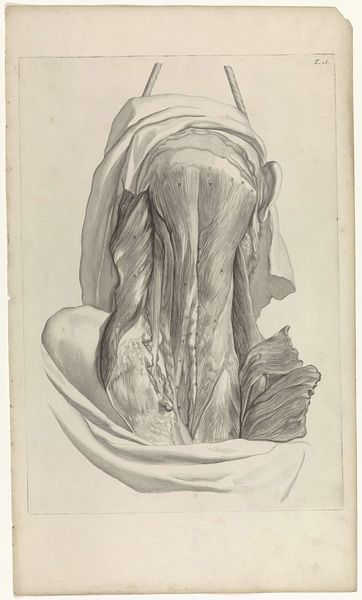
Anatomische studie van de spieren van de linkeronderarm en de hand 1685
0:00
0:00
drawing, paper, ink, pencil
#
portrait
#
drawing
#
baroque
#
pen sketch
#
pencil sketch
#
paper
#
ink
#
pen-ink sketch
#
pencil
#
academic-art
Dimensions: width 320 mm, height 473 mm
Copyright: Rijks Museum: Open Domain
This is a print by Pieter van Gunst, an engraver working in the late 17th and early 18th centuries. He was one of many artists who made their living through this reproductive medium. A technique that, in its way, was just as exacting as the surgeon's art it depicts. Notice how the graphic quality of the print – the modulation of line, the way it captures light and shadow – serves to articulate the musculature of the arm. Engraving is a labor-intensive process, involving the careful removal of material from a metal plate. The deeper the cut, the darker the line that will appear when the plate is inked and printed. It's not hard to see why the engraver's skill was prized for disseminating scientific knowledge. The techniques allowed for a high degree of detail and accuracy, making prints ideal for illustrating complex anatomical structures. In the end, whether carving a plate or dissecting a cadaver, it comes down to seeing the body as a constructed thing, made of layers that can be revealed with patience and skill.
Comments
No comments
Be the first to comment and join the conversation on the ultimate creative platform.
